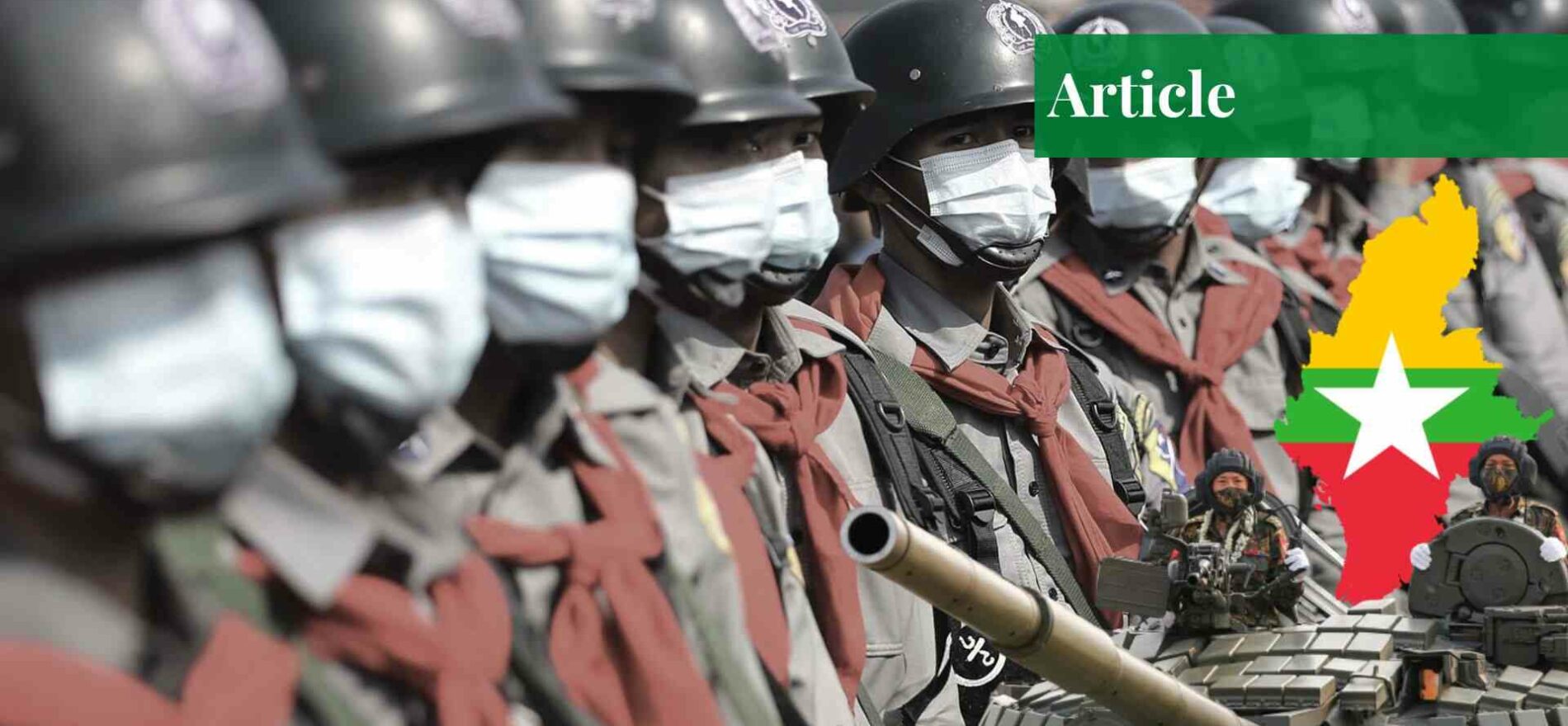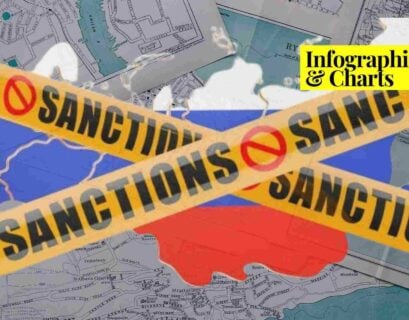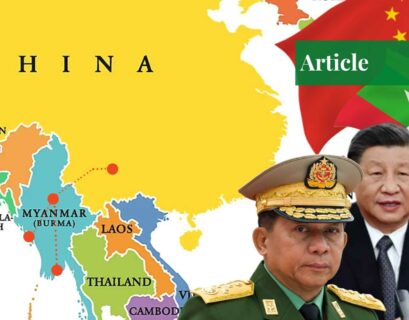The Golden Land
In the enigmatic heartlands of Southeast Asia lies the nation of Myanmar. Myanmar, officially known as the Republic of the Union of Myanmar, or more commonly known by its British-colonial name Burma, has experienced its fair share of non-violent movements and military coups. Shortly after gaining independence from the British Empire, as well as experiencing a brief period of occupation by Japanese forces, with General Aung San at their leadership, the state gained independence in 1948.
The country is the largest in the mainland of Southeast Asia, neighbouring five states: Bangladesh, Thailand, China, Laos, and India, and is host to more than 53 million citizens, 135 indigenous groups of ethnicities that are officially recognized by the government, not to mention the diversity of recognized religions which include Buddhists, Muslims, Christians, Hindus, and various others.
Short-lived Independence
After its independence, the republic became a democratic socialist state, but due to the decline in social order and its economy, the government gave way for the military to become a caretaker of the state. With political and ethnic rebellion on the rise, the military was given power through its first constitutional coup in 1958. The state’s struggle for independence allowed for the armed forces, locally known as the Tatmadaw to gain the respect of its people as the protector of the nation.
Burmese Military Junta
The Tatmadaw maintained its position as the sole force that kept the country together during the civil war and prevented the state from facing disintegration. This lasted for only 18 months before the military stepped down from its position of power calling for nationwide free elections. The results of the elections, however, were not in the favour of the military allowing for Mr U Nu to take his position as the Prime Minister.
The 1962 Coup
The first formal military coup d’état took place in 1962, where General Ne Win, the Chief of Staff of Burma’s defense forces, overthrew the government of U Nu. The coup was backed by claims of religious identities and ethnic minorities threatening the unity among the Burmese people. For the next five decades, the state remained under military rule, with the armed forces maintaining a tight grip on power.
The 8888 Uprising
As a result of the military coup, the 8888 Uprising movement arose in 1988, with students and intellectuals at its lead protesting nationwide and fueled by the desire for a democratic government, political freedom, and human rights. The 8888 Uprising took off with a non-violent form of change, but the military’s response of brutal crackdown on protests led to widespread violence and bloodshed.
In its early moments, those partaking in the movement participated in peaceful demonstrations that included marches, civil disobedience, and sit-ins with the demand for the military to end their rule and bring back democratic reforms. However, as the military’s tactics intensified, the protesters resorted to violence in acts of self-defense. Eventually, the situation spiraled out of control, with high reports of widespread human rights abuses, resulting in the deaths of more than a thousand people.
The 1990 General Elections
In 1990, the military allowed for general elections to be held. The opposition party, the National League for Democracy (NLD), won a substantial majority in parliament, but the military refused to accept the win. The military consistently held onto power until 2011. Throughout this period, the military faced international criticism and economic sanctions for their abuses of human rights as well as suppression of political opposition. In response, the military government initiated a series of reforms that eventually led to a slow transition towards a civilian government.
The Saffron Revolution
The 8888 Uprising was not the only instance where a non-violent movement strengthened the people of Myanmar. The Saffron Revolution, named after the saffron-coloured robes worn by the monks of Myanmar, took place in 2007-2008, triggered by the military government’s decision to increase the prices of gas and oil available which was met with widespread displeasure through the non-violent form of protests and demonstrations.
At the forefront of these protests were Buddhist monks who were further accompanied by civilians, activists, and students. They employed tactics such as sit-ins, peaceful marches as well as other forms of civil disobedience which proved fruitful in gathering more and more attention to the protests, showing their commitment to achieving their goals through peaceful means.
Ultimately, the movement encountered violent clashes from the military government in the form of batons, tear gas, and shots of live ammunition in attempts to disperse the crowds, resulting in the death and detention of the protestors. Despite being short-lived, the movement itself proved to be an important stepping stone in Myanmar’s pathway to becoming a democratic state.
Elections that were widely considered to be fair and free were held in 2015. Aung San Suu Kyi, a Nobel Peace Prize Laureate and co-founder of NLD achieved victory and formed a new civilian government. Despite such democratic electoral results and the creation of a new civilian government, the military continued to have a strong hold on power behind the scenes.

Conclusion
The military coup in Myanmar that took place in 2021 is reminiscent of the country’s past which has been drenched with military coups. The tapestry of the journey is woven with hope and strife, shaping its identity and grasping attention in the world. As the people of Myanmar continue in their fight for democracy, the resilience within them stands as a testament as well as a lesson for people fighting their own battles every day.
If you want to submit your articles and/or research papers, please check the Submissions page.
The views and opinions expressed in this article/paper are the author’s own and do not necessarily reflect the editorial position of Paradigm Shift.


















